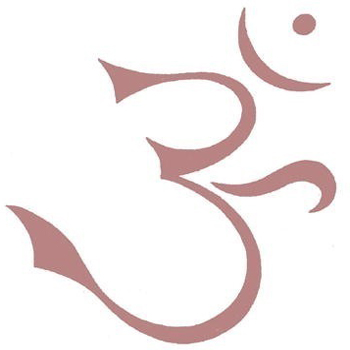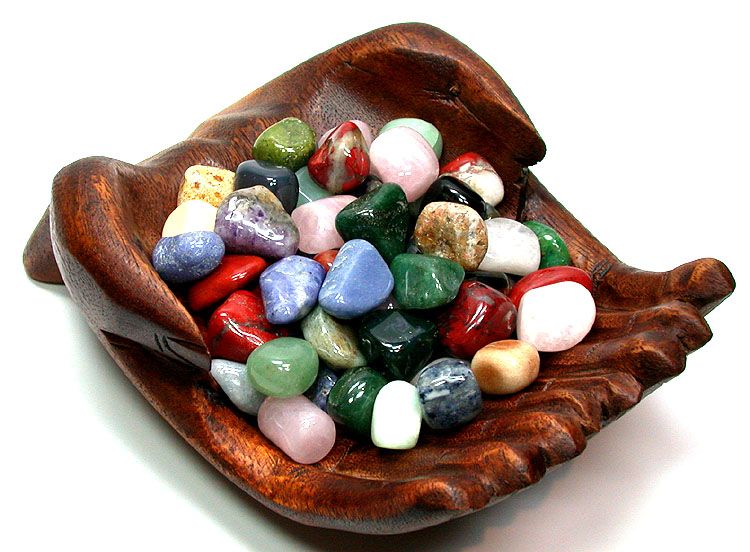The Buddhist Community - Part 4
- Details
- Written by AndEl

THE BUDDHIST COMMUNITY
In Asia, it is considered the highest honor if a member of one's family leaves the home life. Westerners, however, may be shocked at the idea of anyone leaving their family to become a monk or nun. They may think this is selfish and turning one's back on the world. In fact, monks and nuns are not selfish at all. They dedicate themselves to helping others. They don't wish to own a lot of things, or to have money or power. They give these things up to gain something far more valuable--spiritual freedom. By living a pure simple life with others on the same path, they are able to lessen their greed, hatred, and ignorance.
Although monks and nuns live in a monastery, they do not entirely give up their families. They are allowed to visit and take care of them when they are ill.
LIFE IN A MONASTERY
A day in a temple begins early for monks and nuns. Long before daybreak, they attend morning ceremony and chant praises to the Buddha. The ceremonies lift one's spirit and bring about harmony. Although the Sangha lead simple lives, they have many responsibilities to fulfill. Everyone works diligently and is content with his or her duties.
During the day, some monks and nuns go about teaching in schools or speaking the Buddha's teachings. Others may revise and translate Buddhist Sutras and books, make Buddha images, take care of the temple and gardens, prepare for ceremonies, give advice to laypeople, and care for the elders and those who are sick. The day ends with a final evening ceremony.
In the daily life of work and religious practice, the monks and nuns conduct them-selves properly and are highly respected. By leading a pure, simple life, they gain extraordinary insight into the nature of things. Although their life is hard and rigorous, the results are worth it. It also keeps them healthy and energetic. The laity, who live in the temple or visits, follows the same schedule as the Sangha and works along with them.
THE SHAVEN HEAD, ROBE, AND OFFERING BOWL
Ideally, monks and nuns own only a few things, such as robes and an offering bowl. While most people spend lots of time and money on their hair, Buddhist monks and nuns shave their heads. They are no longer concerned with outward beauty, but with developing their spiritual lives. The shaven head is a reminder that the monks and nuns have renounced the home life and are a part of the Sangha.
Offering food to monks and nuns is a part of Buddhism. In Asia, it is not unusual to see monks walking towards the villages early in the morning carrying their offering bowls. They do not beg for food, but accept whatever is offered. This practice not only helps the monks and nuns to be humble, but gives laypeople an opportunity to give. In some countries laypeople go to the monastery to make offerings.
The robes of monks and nuns are simple and made from cotton or linen. Their color varies according to different countries. For instance, yellow robes are mostly worn in Thailand, while black robes are worn in Japan. In China and Korea, gray and brown robes are worn for work, while more elaborate robes are used for ceremonies. Dark red robes are worn in Tibet.
Robes and offering bowls are very important to monks and nuns. The Buddha said, "Just as a bird takes its wings with it wherever it flies, so the monk takes his robes and bowl with him wherever he goes."
THE IMPORTANCE OF THE LAITY IN BUDDHISM
The laity are very important in Buddhism, for they are the supporting members of the Buddhist community. They build the temples and monasteries and give offerings of food, robes, bedding, and medicine to the monks and nuns. This enables the Sangha to carry on the Buddha's work. In this way the Sangha and laity benefit each other and together keep the Dharma alive.
In Buddhism, it is also important to support the poor and needy. Giving to support religious people, however, is considered a very meritorious deed. The Buddha not only encouraged giving to Buddhists, but to any spiritual person who is sincere.
The Buddha taught his disciples to be tolerant of other religions. For example, when one lights a candle from the flame of another candle, the flame of the first candle does not lose its light. Instead, the two lights glow more brightly together. It is the same with the great religions of the world.
Whether one is a member of the Sangha or a lay person, the ideal is to practice Buddhism for the sake of all.
Continue reading here: Different Kinds Of Buddhism - Part 5
Liked this article? Dive deeper into personal growth and wellness! Check out CrystalWind.ca for spiritual wisdom or explore AromaWorx.ca for natural well-being tips. Spread the positivity—share this with friends on their happiness journey!
Let’s Chat! Drop Your Thoughts Below! ![]()
Latest Articles

Imagine a world of inspiration and healing, free for all—made possible by YOU!
Donate Now—Ignite the Magic at CrystalWind.ca!

Epilepsy - Finding A Cure
Your donation can make a difference!
Help us find a cure – donate now!
Unlock Your Light: Join Lightworkers Worldwide on CrystalWind.ca!
Articles: Buddhism
Follow Us!
Featured This Month
Lugh - Celtic God Of The Sun
The god Lugh was worshiped in Ireland as a deity of the sun. This connection... Read more
Abalone Shell
Echos Of The Ancestors Abalone strengthens the structure of the body and th... Read more
Egyptian Zodiac/Astrology
Egyptian astrology was one of the earliest forms of astrology. The Egyptians w... Read more
Cancer Mythology
The Mythology of Cancer: A Celestial Tale of Loyalty and Sacrifice Among th... Read more
Sun in Cancer
Cancer Sun Sign Characteristics Overview The name "Cancer" comes from Latin, ... Read more
Chalcedony
The Stone Of Orators Chalcedony was very popular as a decorative stone in ant... Read more
Lammas by The Hedgewitch
Although in the heat of a Mid-western summer it might be difficult to discer... Read more












































